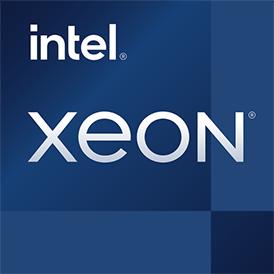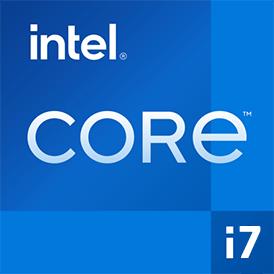 Estimated results for PassMark CPU Mark
Estimated results for PassMark CPU Mark
|
|
Intel Core i7-10700K
8C 16T @ 3.8 GHz
|
19094
|
|
|
Intel Xeon E-2278G
8C 16T @ 3.4 GHz
|
16989
|
 Geekbench 5, 64bit (Multi-Core)
Geekbench 5, 64bit (Multi-Core)
|
|
Intel Core i7-10700K
8C 16T @ 3.8 GHz
|
9268
|
|
|
Intel Xeon E-2278G
8C 16T @ 3.4 GHz
|
8114
|
 Geekbench 6 (Multi-Core)
Geekbench 6 (Multi-Core)
|
|
Intel Core i7-10700K
8C 16T @ 3.8 GHz
|
8629
|
|
|
Intel Xeon E-2278G
8C 16T @ 3.4 GHz
|
7926
|
 Geekbench 6 (Single-Core)
Geekbench 6 (Single-Core)
|
|
Intel Xeon E-2278G
8C 16T @ 3.4 GHz
|
1741
|
|
|
Intel Core i7-10700K
8C 16T @ 3.8 GHz
|
1636
|
 Geekbench 5, 64bit (Single-Core)
Geekbench 5, 64bit (Single-Core)
|
|
Intel Core i7-10700K
8C 16T @ 3.8 GHz
|
1347
|
|
|
Intel Xeon E-2278G
8C 16T @ 3.4 GHz
|
1314
|
 Cinebench R20 (Single-Core)
Cinebench R20 (Single-Core)
|
|
Intel Core i7-10700K
8C 16T @ 3.8 GHz
|
524
|
|
|
Intel Xeon E-2278G
8C 16T @ 3.4 GHz
|
518
|
 Cinebench R15 (Single-Core)
Cinebench R15 (Single-Core)
|
|
Intel Core i7-10700K
8C 16T @ 3.8 GHz
|
228
|
|
|
Intel Xeon E-2278G
8C 16T @ 3.4 GHz
|
219
|

